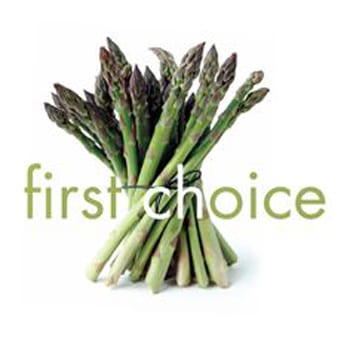Total Produce February Market Report

At last Yorkshire Rhubarb is with us, a very late start this year. Other February highlights include the glorious Nadorcott clementines and, believe it or not, the first glimmers of Spring.
Early Glimmers of Spring
Early Hispi cabbage from Portugal. Sweeter and more tender than the current crop of rather robust winter brassicas, the Hispi really is the first true spring cabbage of the year.
Peas and broad beans from Spain. Limited supplies and they’re not cheap. British peas and broad beans won’t be along till June so, until then, frozen may well be your best option.
Wild garlic leaves or Ransoms will soon be sprouting forth (unless it gets very cold) and, from Edinburgh to Cornwall, our chaps will be out foraging in their favourite shady nooks.
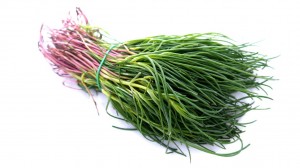 The first wet or green garlic may well pitch up by the end of the month. This will be from Egypt which is where the wet garlic season starts. It’ll probably be March before it really gets going and then after a couple of months or so we move on to supplies from Italy, France and of course, Dorset which will see us through to the end of the season in late summer.
The first wet or green garlic may well pitch up by the end of the month. This will be from Egypt which is where the wet garlic season starts. It’ll probably be March before it really gets going and then after a couple of months or so we move on to supplies from Italy, France and of course, Dorset which will see us through to the end of the season in late summer.
And finally limited supplies of the first Monk’s Beard or Agretti are arriving from Italy. No doubt accompanied by the usual slew of articles professing Monk’s Beard to be the next big thing, the very latest on trend veg, the new samphire and all that sort of twaddle. Actually this seashore plant that looks rather like chives has been around for ages. Fergus Henderson had it on at St John at least fifteen years ago as did the River Cafe, so foody scribblers do keep up.
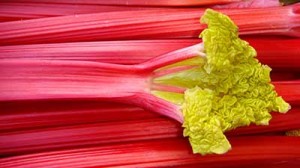 Yorkshire Forced Rhubarb
Yorkshire Forced Rhubarb
The Yorkshire Forced Rhubarb season is finally underway, a very late start this year. This is because of the lack of frost which is needed to convert the plant’s starches into sugars before they are moved to the forcing sheds. It is these sugars that fuel growth in the warmed and darkened sheds where the plants have no other source of food. Once in the sheds growth is so vigorous that you can actually hear the rhubarb pop as the stems burst forth. This method of forcing is unique to Yorkshire Forced Rhubarb and is just one of the things that make it so very special. Other rhubarb growers across the UK blanch soil grown rhubarb by depriving it of light but this is a different process and does not produce anything like the same results.
Yorkshire Forced Rhubarb was awarded European PDO status back in February 2010. This means that production and growing must always be by traditional methods and that it can only be grown in a very specific area. This is the famous Rhubarb Triangle, just nine square miles in West Yorkshire that lie between Wakefield, Morley and Rothwell.
The season will run for a very limited time, just 2 to 3 months, so do make sure you make the most of this national culinary treasure.
There’s a short video with 4th generation Yorkshire rhubarb grower Janet Oldroyd Hulme on the Growers section of our website. Janet, affectionately known as the High Priestess of Rhubarb, has almost single handedly driven the great Rhubarb Renaissance of recent years but was yet again overlooked in the recent New Year’s Honours list, a frankly mystifying omission. We think the Empress of Carlton has a ring about it.
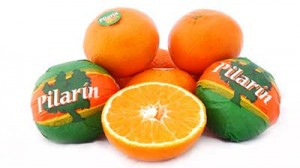 Citrus, particularly Clementines
Citrus, particularly Clementines
It’s a splendid time for European citrus. There’s plenty of terrific Spanish oranges and superb bloods from Sicily and Spain that should be around till at least late April. The real citrus excitement this month however is the arrival of the Nadorcott, an absolutely fabulous late season clementine that was discovered in Morocco about twenty years ago.
Elderly costermongers will tell you that by February clementines are usually past their best and this was indeed the case until this wonderful new variety came along. The Nadorcott has a distinct reddish skin, an amazingly intense flavour and a perfect sweet/sour balance. When it comes to clementines we really have saved the best till last.
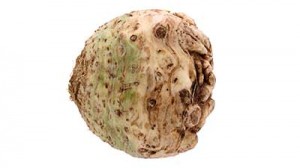 Celeriac and other Roots
Celeriac and other Roots
As you would expect roots are in cracking form at this time of year and there’s plenty of choice. Home-grown swedes, parsnips, beetroots and turnips; multi coloured carrots, Jerusalem artichokes, salsify, parsley root and the more exotic (and expensive) crosnes and chervil root. But amongst this plethora of rooty riches there is one particular favourite, the often overlooked celeriac. You may have seen celeriac branded as The Ugly One but not by us, we will not join in with this rootist slander.
We believe the celeriac has its own strange beauty and, more importantly, tastes absolutely delicious. It’s a very versatile vegetable that is superb raw, the classic remoulade, and equally good cooked; roasted, pureed, gratin, deep fried, pickled etc. There’s lots of terrific celeriac around at the moment so let’s put this glorious root where it belongs, right in the middle of your menu.
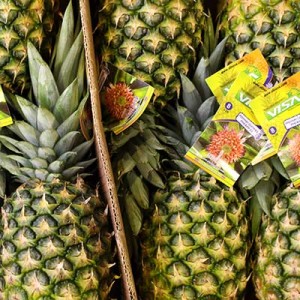 Pineapple Alert
Pineapple Alert
At this time of year the range of home grown fruit is rather limited and a pastry chef’s thoughts may well turn to more exotic options like the ever popular pineapple. Pineapple prices have been exceptionally low for some months now but recently that has all changed as, inevitably, glut is followed by shortage. If you have plans for pineapples do check the price first.




